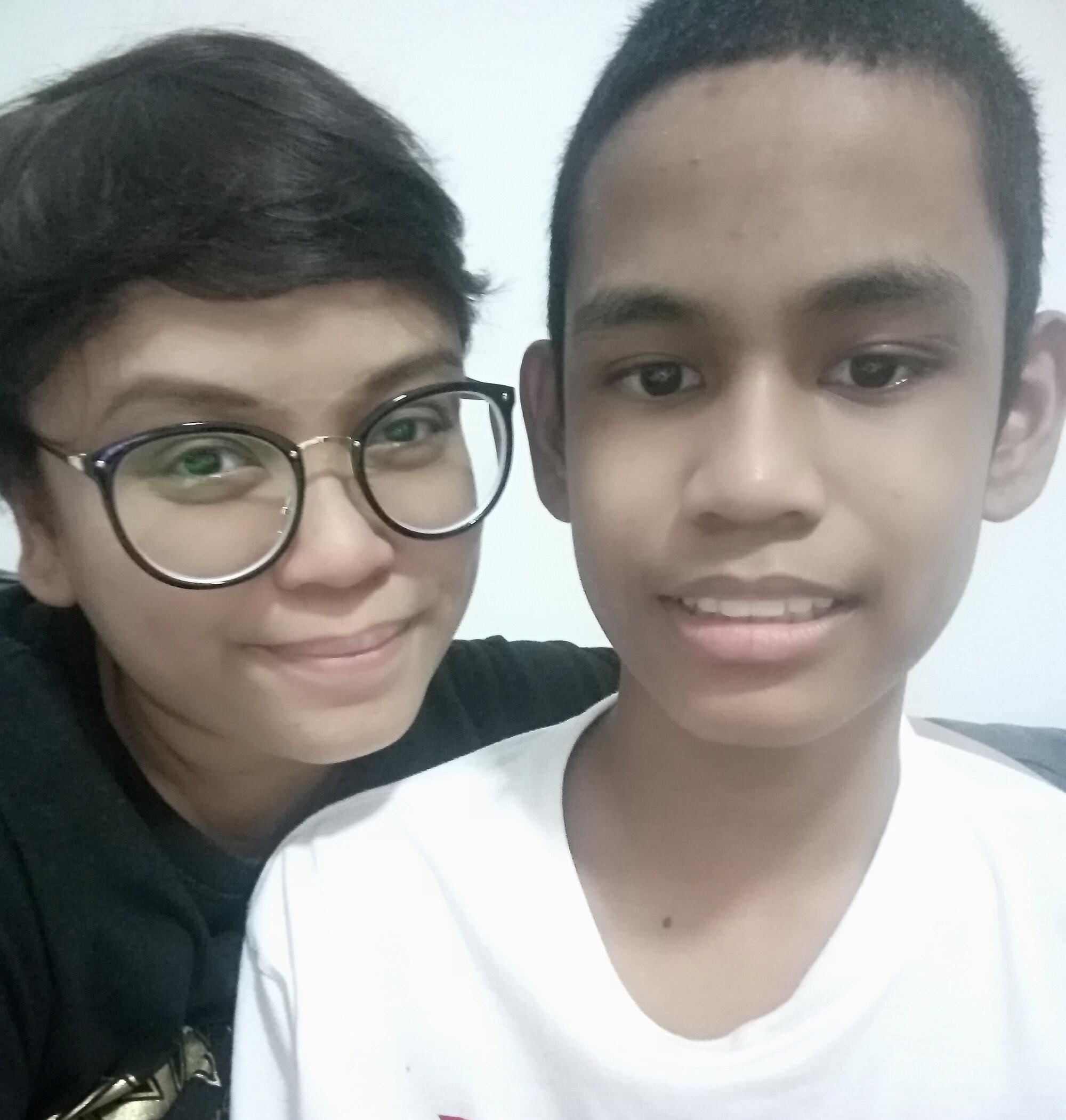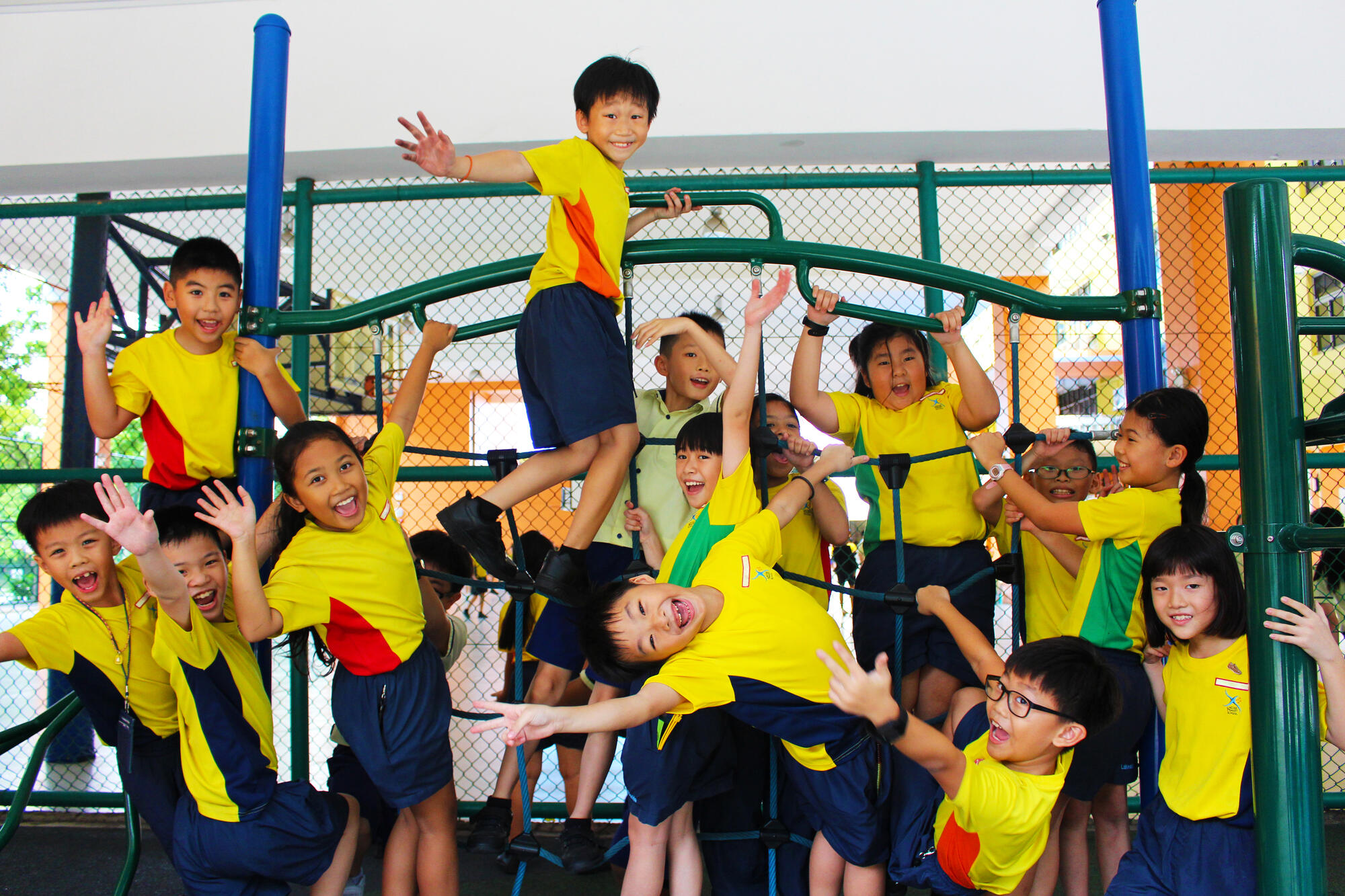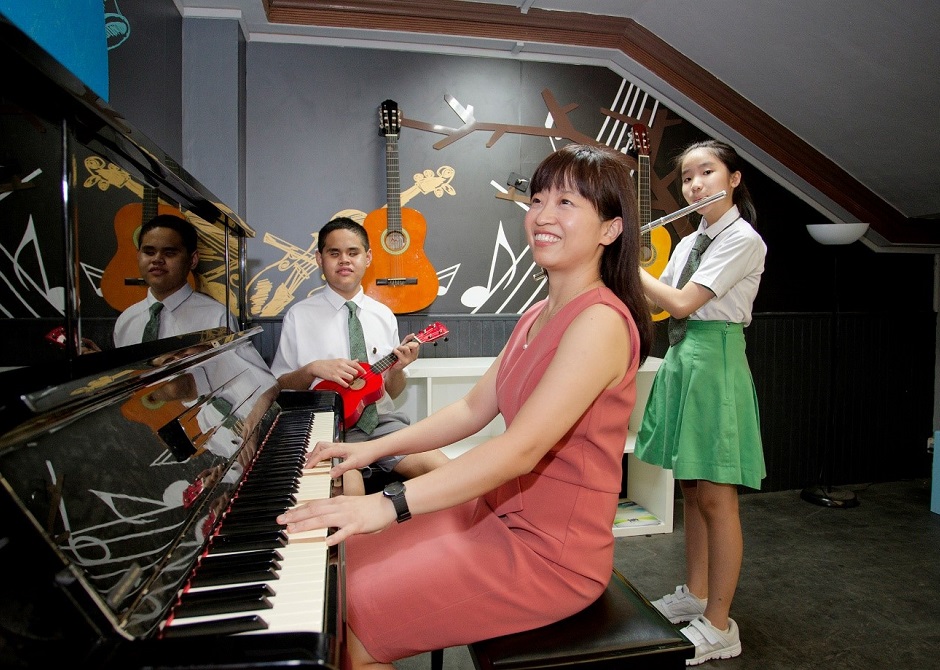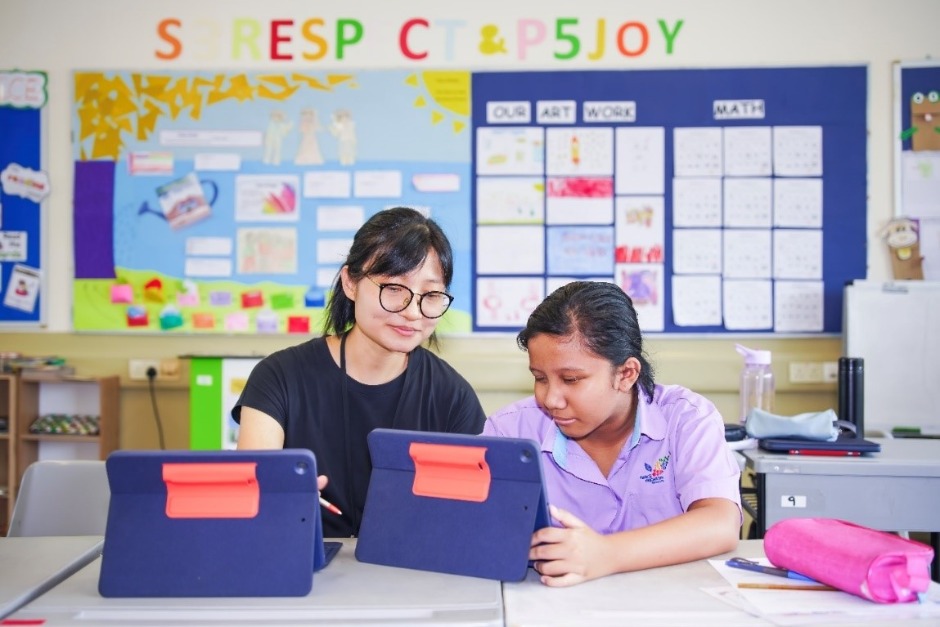Dear Parent of a Child with Special Needs,
You are not alone.
Let me share my journey to understanding my son who has autism and how I managed the emotions that I experienced along the way.
4 October 2006 was the best day of my life. That was the day I had my firstborn. His name is Muhammad Rezky Adrian.
Adrian cried a lot as a baby and did not meet the usual growth milestones. At 18 months, he would become agitated when there was loud music or if there were too many people around him. He did not walk until he was two years old.
I remember applying bandage-like wraps to his knees to protect him from his frequent falls and using dining chairs as a guide for him to learn to walk. I was constantly afraid and wondered, “What if my child can’t walk for the rest of his life?”
Family and friends tried to reassure me that he would “grow out of it”, and I decided to give him space to learn at his own pace. To my surprise, Adrian did the unthinkable one evening. While we were watching TV, he dashed across the room. I was stunned. Just when we had thought that he could not walk, he started to run!
However, my fears were far from over. At the age of two, Adrian was still not talking or babbling, or mirroring our actions. Besides that, he hated loud noises and seemed extremely picky about food – he was only willing to eat if there was egg in the meal. He did not get excited while playing peek-a-boo and showed a peculiar interest in things that were spinning from vehicle wheels to rattles to balls.
I always looked forward to his smile or his laughter. Those were my happiest moments. But when Adrian was happy, he would become over stimulated, and when he was sad, he could not stop crying for hours.
I felt that there was something amiss when Adrian continued to not respond to his name and started to display an array of unusual behaviours, I decided to find out more on the internet. He had started to flap his hands, jump without stopping, and slide his fingers on the wall, unaware of his surroundings, even when I called his name. He seemed to be in his own world. It was as though my son’s physical body was present, but his mind was elsewhere.
While searching online, the word ‘autism’ popped up. The more I read, the more worried I became. Adrian was displaying 90 per cent of the behavioural traits of someone with autism. I was at a loss. Everything that I had hoped for, for Adrian – his education, his grades and his future – seemed to disappear. Despite this, I plucked up the courage to face the next steps – to get Adrian diagnosed so that I could enrol him in a Special Education (SPED) school.
After a series of sessions with the psychologist and a few doctor’s appointments, Adrian was officially diagnosed with autism. My heart broke into pieces. The diagnosis was like a slap to my face. Now, it was in black and white that Adrian had Autism. My world felt crushed and I felt beaten. But I told myself that this was not about me. This was about my precious child and I needed to do whatever I could for him to get the necessary help, so that he could live his life as an adult with autism in the future.
It was through KK Hospital, that I learned about the Early Intervention Programme for Infants and Children (EIPIC). EIPIC runs intervention programmes for children with special needs below seven years. The focus is on helping these children acquire and practise the life skills that they need more help with.
When Adrian was enrolled in an EIPIC at Cerebral Palsy Alliance Singapore (CPAS), our lives changed. With intervention, Adrian began to be more open to new experiences and to learning new skills. He learned to look me in the eyes when communicating with me.
I, too, slowly learned to understand his wants and needs. During this time, I learned that Adrian loves swimming and playing with water. Since then, I have made it a point to bring him swimming twice a month.
I used to panic when Adrian had meltdowns, especially in public places. I also felt judged when these things happened. So, I worked hand in hand with teachers and interventionists at EIPIC by asking them the dos and don’ts when parenting a child with autism. I took note of their observations and asked them about Adrian’s behaviour during intervention sessions.
I made it my goal to understand Adrian. I learned to be patient through his flapping of hands, sudden meltdowns, and sudden biting of himself when he was frustrated. Even though I learned to accept his diagnosis wholeheartedly, I did still wonder, “Can I accept that my child is not typical and needs help? Can I accept the stares from the public when those things happen?”
The transition to teenage years was not easy for Adrian. He had to learn to manage mood changes that resulted in some challenging behaviours. I worked closely with Adrian’s therapist and teachers in AWWA School, who gave me advice on how to manage his meltdowns and behavioural issues. The teachers at AWWA advised that I should have clear routines at home for Adrian, so that he knows what to expect.
I also worked closely with the teachers to introduce Picture Exchange Communication System (PECS) to Adrian. As he is non-verbal, PECS allows him to communicate with us. At home, Adrian would use a communication board with pictures of his daily needs such as the toilet or meals, to tell me what he wanted to do. For instance, when he wants to eat, he would give me the picture of a meal.
The Social Work Department in AWWA school also plays a big part to give me confidence as a mother. During my meetings with them, I shared my worries about Adrian’s future, and they guided me to visit Day Activity Centres and Sheltered Workshops, where people with special needs can learn skills to support themselves . Now, Adrian is a happy 14-year-old, with the help of different therapists, teachers and social workers at AWWA school.
Gradually, I have learned to embrace Adrian for who he is. I learned that as much as Adrian is learning to adapt to my world, I need to respect and understand his world too. I also learned that sometimes others look at families with children with autism differently, and that it is okay. What the public does not know sometimes scares them. Whenever I can, I explain that my son has autism. If Adrian has a meltdown in public and becomes a little too loud, I find a quieter place to calm him down. I learned that as a caregiver, I should be calm. Only then would I be able to take control of the situation accordingly.
To end my letter, I shall share a quote from the author and therapist Virginia Satir, ‘Life is not what it’s supposed to be; it is what it is. The way you cope with it makes a difference.’ As parents of a child with special needs, you will have to deal with different behaviour traits and levels of severity of their conditions. I empathise with the fact that it can complicate our daily lives.
Dear caregivers, there is no manual in raising a child with autism successfully. It comes with a family who never gives up. We might have hopes and dreams for our child, but what matters most, is to embrace our child and to look at the world through his or her eyes.
Please ask professionals, teachers and those who work with your child for constant updates. Have regular conversations with them to know your child’s improvements and areas that need work. Let’s face it, autism is not a bed of roses. So, when the unexpected happens. Stay CALM. Only then you can control the situation, and get connected with those who can help you and your child.
Most of all, remember that you are not alone.
For more information, you can view this guide Supporting Your Child, for parents of children aged 0 to 6 years old who need early intervention.






